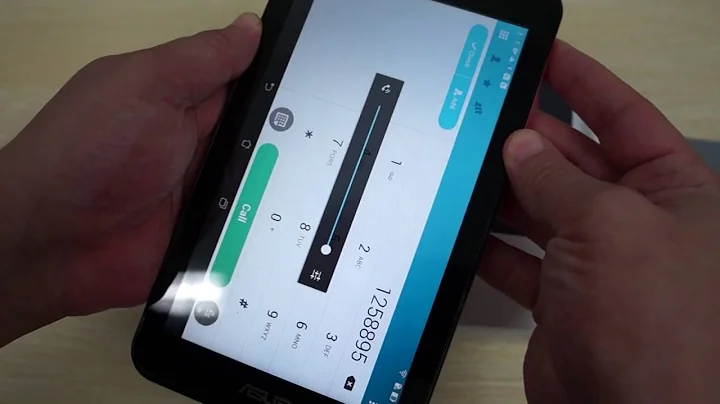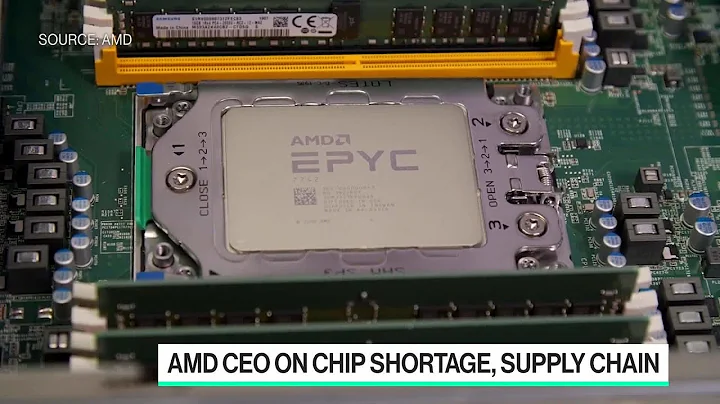Fixing the Intel C2000 Bug: Resolving System Failures and Restoring System Functionality
Table of Contents:
- Introduction
- The Intel C2000 Bug
- Understanding the Degradation Issue
- Impact on Manufacturers
- Cisco's Role in Reporting the Bug
- The Use of C2000 Processors in Servers
- Symptoms of the Bug
- Finding the Faulty Pin
- Fixing the Issue with Resistor Placement
- Successful Repairs and Proven Methods
- Conclusion
Introduction
In this article, we will delve into the world of Intel processors and explore a specific bug known as the Intel C2000 bug or vr54. This bug affects the performance and functionality of the C2000 processors, particularly the b0 version. We will discuss the implications of this bug on manufacturers, highlight the role of Cisco in reporting the issue, and explore the use of C2000 processors in servers. Furthermore, we will examine the symptoms of the bug and guide you through the process of identifying and repairing the faulty pin. By the end of this article, you will have a comprehensive understanding of the bug and be equipped with the knowledge to fix it.
The Intel C2000 Bug
The Intel C2000 bug, also known as vr54, is a degradation issue that affects a specific pin in the C2000 processors. This pin is responsible for booting the system, and if it fails or becomes degraded, it can lead to various performance issues. The bug primarily impacts the b0 version of the C2000 processors, which has affected several manufacturers, including Cisco, Supermicro, and Synology. These processors, known for their low power consumption and reasonable performance, have been widely used in server motherboards.
Understanding the Degradation Issue
The degradation issue in the C2000 processors is a result of a faulty transistor mosfet that controls the high-level switching. The degradation occurs due to a manufacturing flaw in the Intel chips, causing the transistor to degrade over time. As a result, the pin responsible for booting the system becomes unreliable, leading to failures in startup and overall system functionality. The degradation issue has been addressed in the C0 version of the chip, but the b0 version remains vulnerable.
Impact on Manufacturers
The Intel C2000 bug has had a significant impact on manufacturers worldwide. Companies like Cisco, Supermicro, and Synology, who heavily rely on C2000 processors in their routers, networking systems, and low-power server motherboards, have been affected by this bug. The bug has resulted in system failures, unreliable performance, and potential security risks. Manufacturers have been required to address the issue and provide solutions or replacements to their customers.
Cisco's Role in Reporting the Bug
Cisco was one of the first companies to report the Intel C2000 bug to the public. The company issued an alert to its users, warning them about the bug and its potential long-term effects. Cisco encouraged users who purchased equipment before November 16, 2016, to be cautious as the affected equipment could become unreliable and fail within 18 months. The company promptly addressed the issue, ensuring its customers' awareness and providing guidance on mitigating the risks associated with the bug.
The Use of C2000 Processors in Servers
C2000 processors, particularly the b0 version, have been widely used in server motherboards due to their low power consumption and decent performance. These processors have been favored for their reliability and cost-effectiveness in various server applications. The bug in the C2000 processors has caused disruptions in server performance and reliability, raising concerns among server manufacturers and users alike. Understanding the impact of the bug on server systems is crucial for those looking to address the issue.
Symptoms of the Bug
Detecting the Intel C2000 bug can be challenging, as its symptoms are not always immediately apparent. However, certain signs can indicate the presence of the issue. One common symptom is the failure to boot the system despite apparent functionality. Users may Notice LED lights indicating power, but the system fails to initiate the boot process. Additionally, remote management features that allow users to access and control the server remotely might be non-functional. Identifying these symptoms is the first step toward diagnosing and resolving the bug.
Finding the Faulty Pin
To diagnose the Intel C2000 bug, it is essential to locate the faulty pin responsible for the system's booting process. While the C2000 processors contain a vast number of pins, the manual for the processor can provide valuable insights. By referring to the Intel processor manual, specifically the section outlining the clock signals, it is possible to identify the pin that controls the failed boot process. Searching for this pin on the server motherboard can assist in determining whether it is the cause of the bug.
Fixing the Issue with Resistor Placement
Once the faulty pin responsible for the Intel C2000 bug is identified, it is possible to fix the issue using a resistor. Based on various reports and successful repairs, a resistor with a value of around 330 ohms has been used to resolve the bug. By placing this resistor between specific pins on the motherboard, the booting process can be restored, and the system can function normally again. While the exact resistor value may vary, experimentation with resistor values ranging from 100 ohms to 2k ohms has shown positive results in repairing the bug.
Successful Repairs and Proven Methods
Many users and technicians have successfully repaired the Intel C2000 bug using different approaches and resistor values. By following the steps outlined in this article, you can have a greater chance of fixing the bug and restoring the functionality of your affected system. The success stories of repairs done by various individuals and organizations serve as a testament to the effectiveness of these methods. Remember to exercise caution and follow best practices when working with electronic components to avoid further damage.
Conclusion
The Intel C2000 bug, also known as vr54, has presented significant challenges for manufacturers, particularly those relying on C2000 processors in their server systems. Cisco's role in reporting the bug and raising awareness has been instrumental in helping users identify and address the issue. By understanding the symptoms and locating the faulty pin responsible for the booting process, it is possible to resolve the bug using resistor placement techniques. Successful repairs by individuals and organizations showcase the potential for restoring affected systems. The information provided in this article equips you with the necessary knowledge to tackle the Intel C2000 bug effectively and restore the functionality of your system.
 WHY YOU SHOULD CHOOSE TOOLIFY
WHY YOU SHOULD CHOOSE TOOLIFY

























